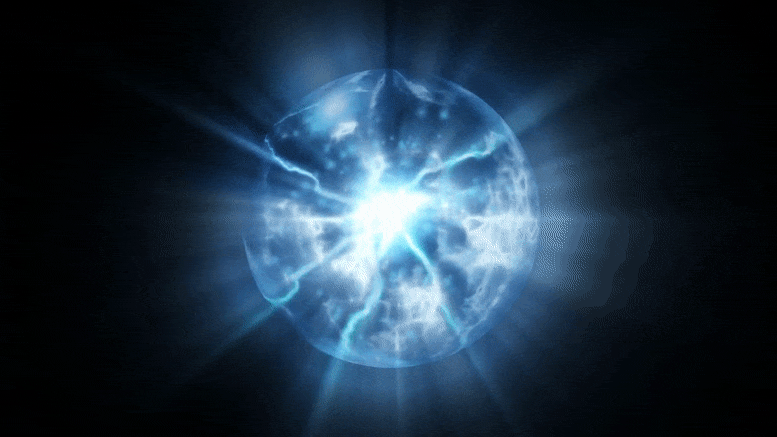
Research conducted at Lawrence Livermore National Laboratory (LLNL) describes a validation exercise for simple models used to understand hot-spot conditions reached in an implosion, which find good agreement when compared to a set of simulations.
Progress toward ignition requires accurately diagnosing current conditions and assessing proximity metrics for implosion experiments at LLNL’s National Ignition Facility (NIF). Hot-spot conditions are not directly measured, but rather inferred, often using simple 0- and 1-dimensional (1D) models.
“When we do ignition experiments on NIF, we have a phenomenal array of diagnostics that can measure many aspects of the shot and its performance,” LLNL physicist Alex Zylstra explained. “Unfortunately, some things that we really care about for the burn physics are not directly measurable, like the pressure or amount of energy in the hot spot.”
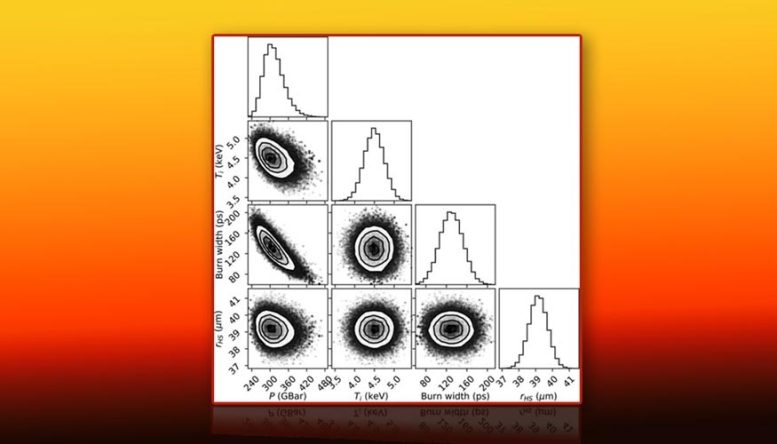
This image shows the distribution plots for the model parameters pressure, ion temperature, burn width and radius. Credit: LLNL
Researchers therefore rely on simple models to infer these quantities from the data. But in order for findings derived from inferences to be credible, researchers then need to benchmark those models.
The findings are featured in Physics of Plasmas, with LLNL physicists Zylstra, Ryan Nora, Prav Patel, and Omar Hurricane serving as authors of the paper.
The research also is a much more extensive validation exercise for these simple models, using more than 20,000 2D simulations varying performance as well as various things that can go “wrong” in an experiment.
“We find that the simple models still do quite a good job over a reasonable range of parameters,” Zylstra said. “We also have started to use a new Markov Chain Monte Carlo algorithm to produce probabilistic distributions for the inferred quantities based on the measurement uncertainties of the inputs.”
Hurricane said these simple models were important for evaluating some of the burning-plasma criteria in LLNL’s recently published Nature paper, as well as upcoming papers.
“These simple models have been used in the literature for some time,” Hurricane said. “What’s new here is that the development of ‘ensembles’ by the cognitive simulation group within the ICF program has now produced simulation sets large enough to support these sorts of studies, testing our model against a known truth using the simulation’s synthetic data.”
Reference: “Model validation for inferred hot-spot conditions in National Ignition Facility experiments” by A. B. Zylstra, R. Nora, P. Patel and O. Hurricane, 1 December 2021, Physics of Plasmas.
DOI: 10.1063/5.0069366

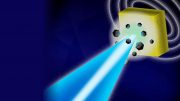
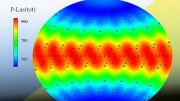

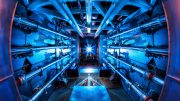
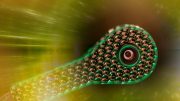
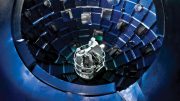
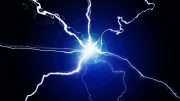
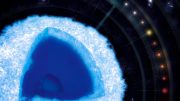
This Job fare for physicists is so far from anything usable…I am constantly flummoxed by why it continues.
To achive one useful model,can follow solar plasma in direct
way ;which also links with stars.